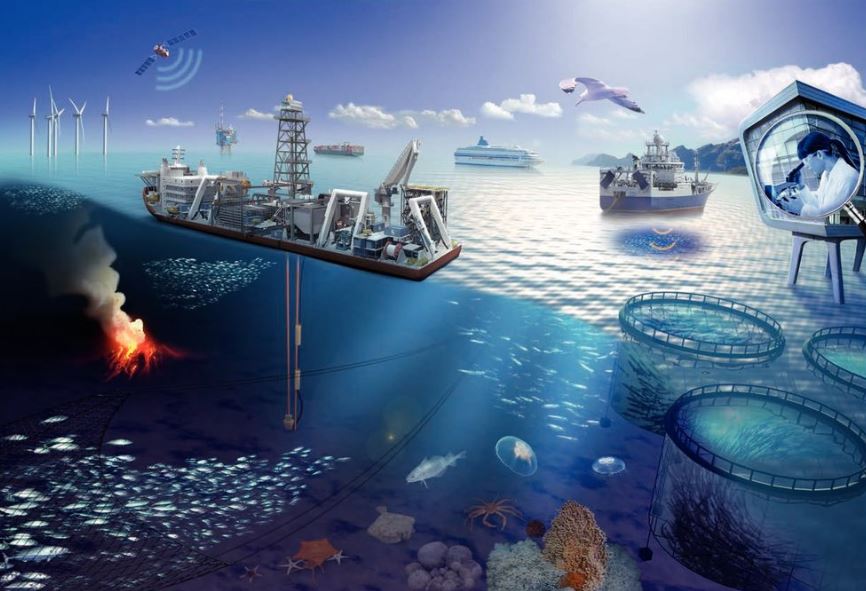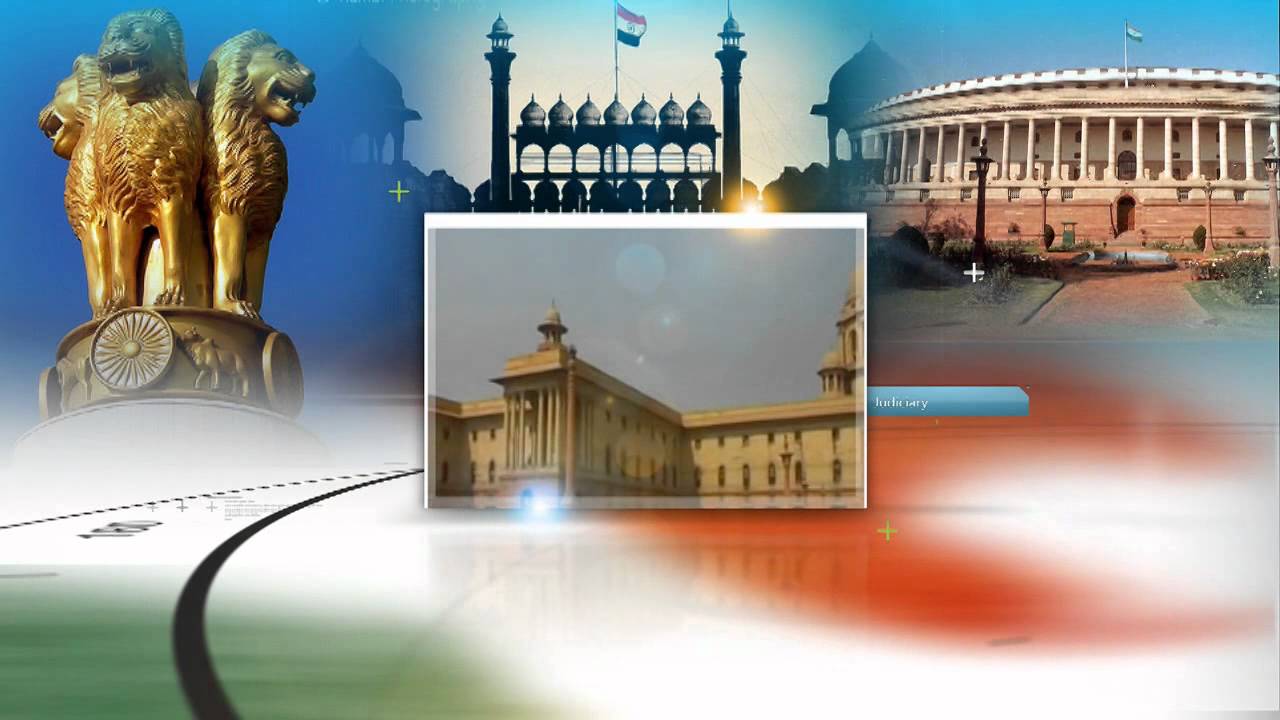Font size:
Print
Dwarka through Underwater Expeditions
ASI Undertakes Underwater Archaeological Study to Explore the Antiquity of Dwarka and Beyt Dwarka
Context: In a major initiative to unravel the ancient legacy of Dwarka, the Archaeological Survey of India (ASI) has launched a detailed scientific project to study submerged archaeological remains and verify the antiquity of artefacts found in the region.
More on News
- This significant exploration seeks to highlight the historical and cultural importance of Dwarka, often referred to in ancient texts as the legendary city associated with Lord Krishna.
- The project is being carried out by a nine-member team from the ASI’s Underwater Archaeology Wing (UAW), which is conducting both onshore and offshore expeditions at Dwarka and Beyt Dwarka in Gujarat.
- The objective is to systematically document, collect, and analyse archaeological, marine, and sedimentary deposits to better understand the historical timeline of the ancient city.
Focus on Beyt Dwarka and Gomati Creek
- Beyt Dwarka, a sacred island located off the Gujarat coast and believed to be Lord Krishna’s ancient residence, is a key area of focus.
- The Dwarkadhish Temple, a prominent pilgrimage site, is located here.
- Earlier this year in February, a preliminary survey was carried out by a five-member ASI team near Gomati Creek, on the eastern side of Dwarka.
- This reconnaissance aimed to inspect previously explored zones and identify new areas for deeper investigation.
Discoveries from Previous Excavations
- Between 2005 and 2007, the ASI’s Underwater Archaeology Wing conducted systematic investigations at Dwarka, unearthing a wealth of submerged artefacts including ancient sculptures, stone anchors, and other objects of historical value.
- Although a large area was scientifically surveyed, underwater excavations were restricted to marked zones.
- These dives, supported by Indian Navy divers, revealed clusters of submerged remains after removing thick calcareous and vegetative deposits.
- In 2007, another excavation near the northern gate of the Dwarkadhish Temple uncovered a 10-metre-deep deposit comprising 26 layers.
- Items retrieved included iron tools, copper artefacts, beads, rings, and various types of pottery, all of which underwent thorough analysis.
Expanding the Scope in Okhamandal
- The current phase of the project extends to the Okhamandal region, with archaeologists scouting for new potential sites to further decode the history of Dwarka.
- The study will include advanced archaeological surveys, diving operations, and scientific documentation of discovered artefacts.
Government Support and Upcoming Developments
- In February, Prime Minister Narendra Modi visited Dwarka, where he offered prayers by diving underwater, calling it a “divine experience” in a post on X (formerly Twitter).
- He also inaugurated the Sudarshan Setu, a four-lane cable-stayed bridge connecting Okha to Beyt Dwarka, enhancing access to the island.
- In addition, the Gujarat government has announced plans to launch a submarine tourism service in Dwarka, enabling devotees and tourists to explore the underwater relics of the ancient city.


